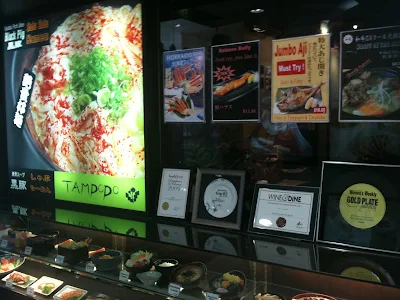Char (to fry) koay teow (flat rice noodles) is a phrase that stimulates the palate of many, from travellers and back packers who have savoured this street food delight, to many Asian emigrants in Western countries who once took the dish for granted and now value it with elevated memory and respect. And no better is this choice dish prepared and served than in my birth place of Penang, Malaysia.
Its origins are humble - get the wok going with hot cooking oil and throw in the aromatic ingredients of pounded/chopped garlic, some lard and thin slices of Cantonese sausage (lap cheong). When stage one gets going with fragance , flick in the shelled prawns and cockles. Push simmering previous ingredients to one side and put in the koay teow. Dexterity is required at this stage, with a quick stir frying of the noodles with seasonings of light and dark soy sauce plus chili paste.
Now the piece de resistance - create a central space on the wok before cracking at least two eggs and unloading the contents. Smear the cooking runny egg white and yolk with the other ingredients already in the wok.
Stir fry evenly - and finally add the bean sprouts and cut chives. Always take the dish piping hot and freshly cooked.
Above image - duck eggs used to top off a serving at Ah Leng Char Koay Teow, Datuk Keramat Road, Georgetown, Penang Island.
























